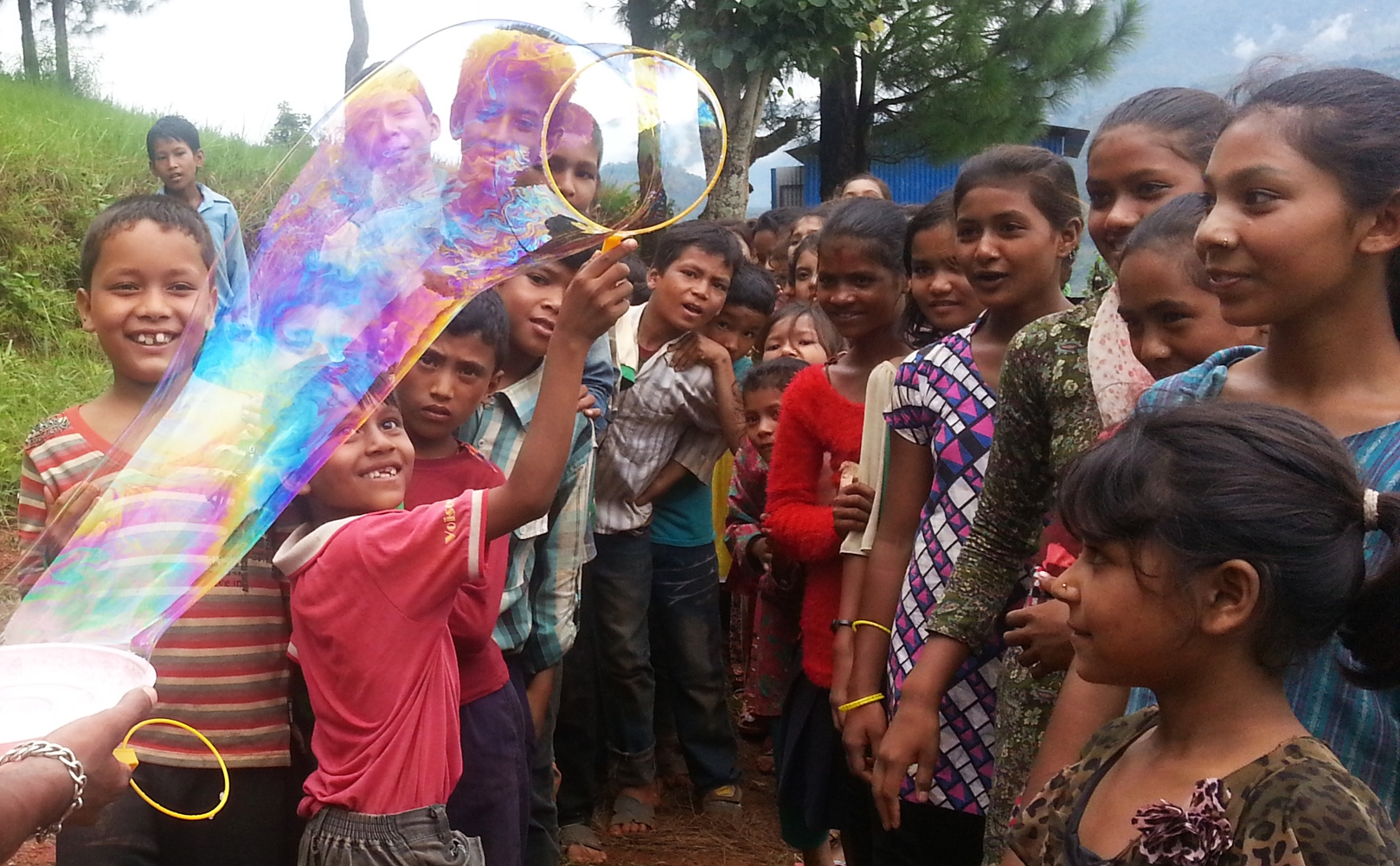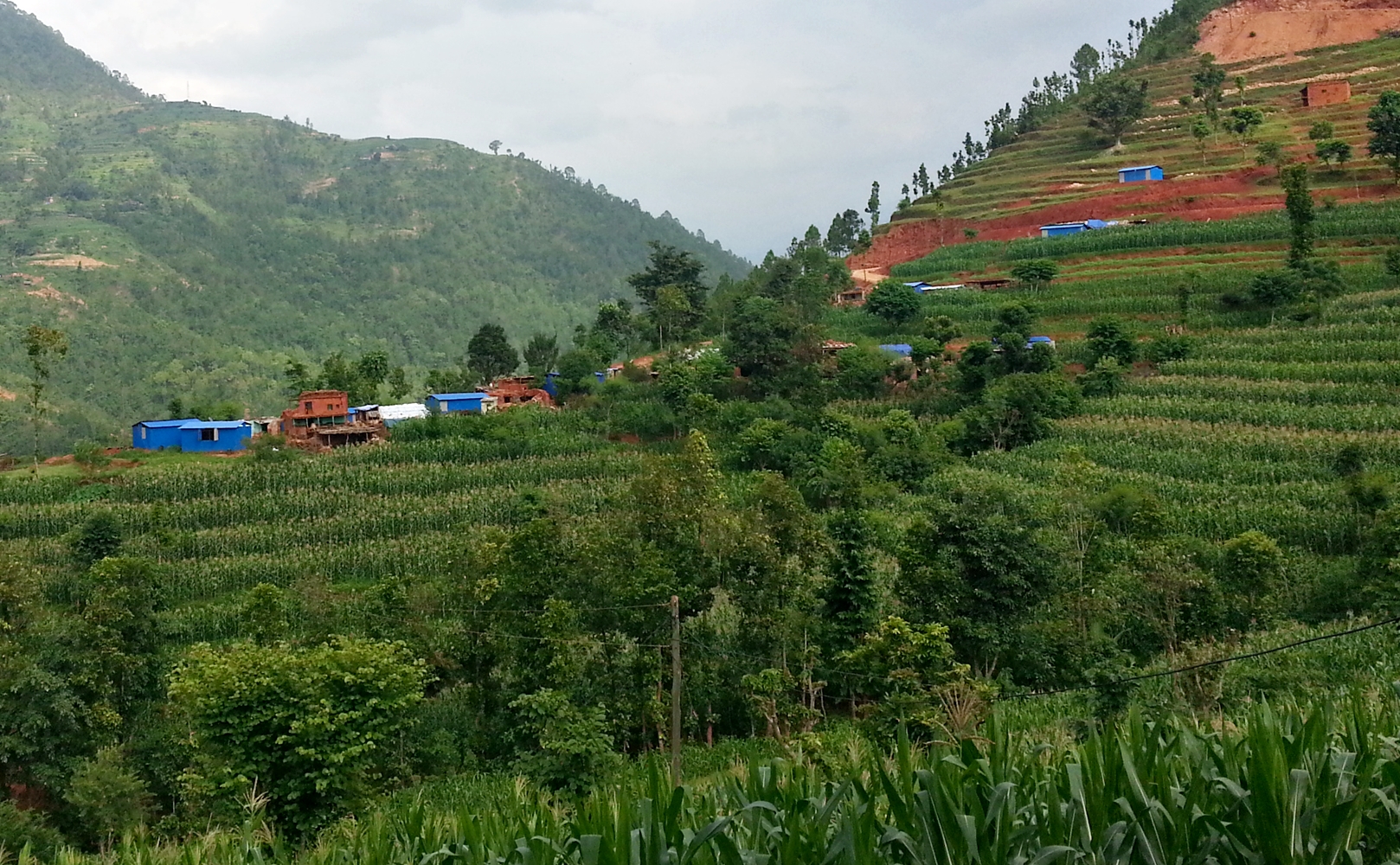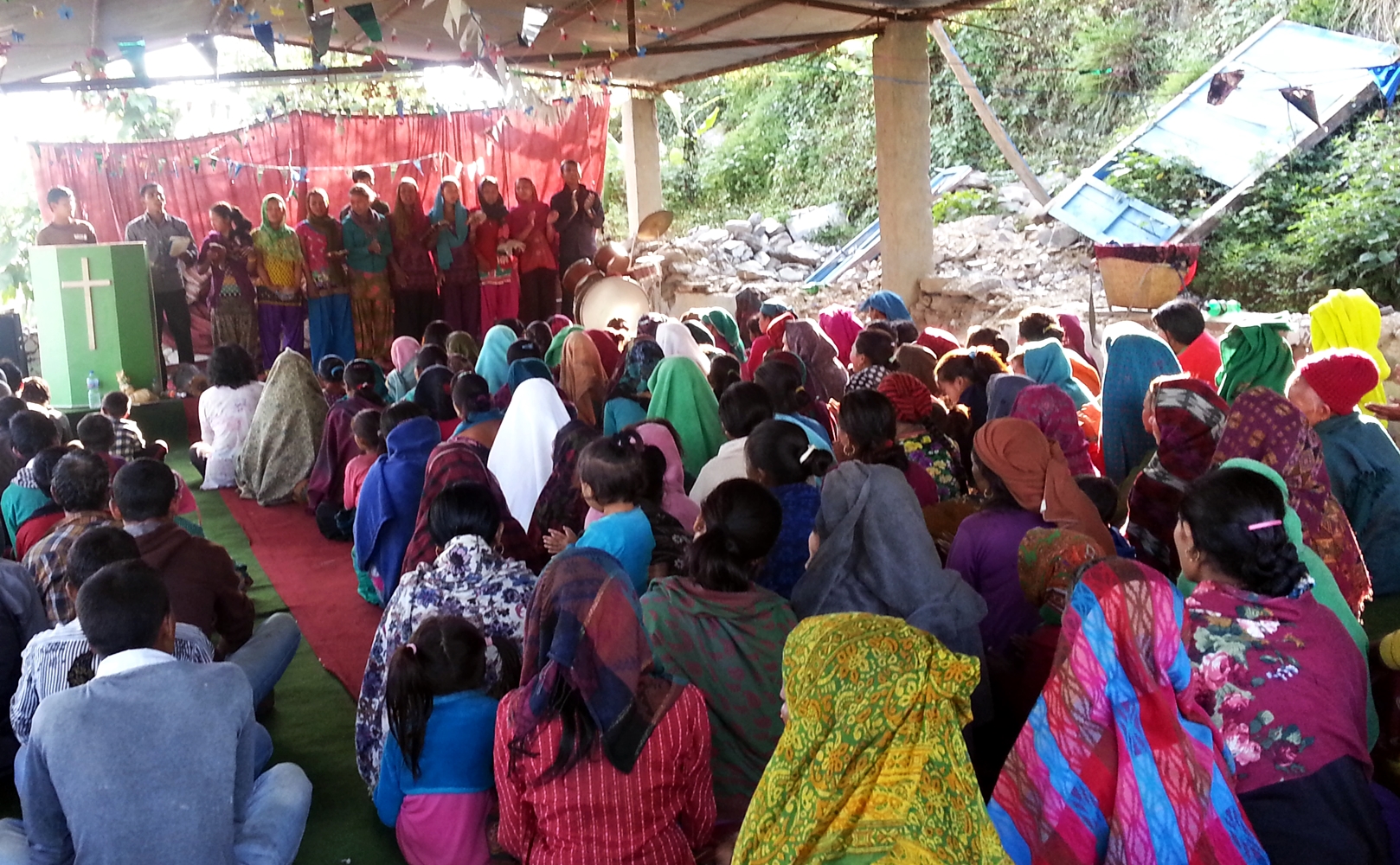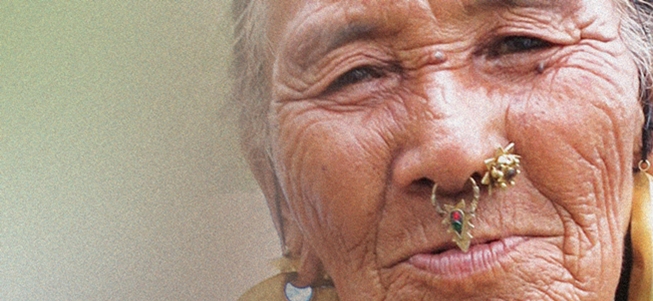[ ‘SHARE’ Jan-Feb 2016 ] FOCUS ~ MINISTRY REPORT
Interviewed by Jojo Poon
Edited by: Tsun Wan Yan and Jojo Poon
Last year, the country Nepal suffered a massive earthquake followed by a series of chaos triggered by the adoption of new constitution in September, resulting in blockade of borders between India and Nepal, causing shortage in many necessity supplies. It’s hard to imagine how the Nepalese could survive their harsh winter this year. Tang, a member of CEDAR’s Nepal earthquake relief team, previously spent eight years in Nepal. Not only she can speak the local dialect, she is also familiar with the local culture and church network. Her involvement in the relief work reveals many discoveries, and these discoveries enable us to better learn the situation of the quake victims so we can go deeper into their needs, challenges and difficulties.
Love in despair
Since the earthquake, Tang has visited Nepal three times supporting the relief and recovery work. “The earthquake is no doubt a horrible event but there is love everywhere in the country.” What Tang meant is, apart from the care and love shown by the local churches and international NGOs, there is also mutual love and care amongst the victims.
“Most of the Nepalese are friendly and have a simple heart. In Hong Kong we rarely talk with fellow travellers on the train, but in Nepal, people chat even with strangers.” Tang finds the local people very ‘human’ and value relationships, and it’s such characters that add a taste of warmth to the tragedy. Despite the terrible condition and without a roof over their heads, people continue to care for each other. Their simple minded may seem foolish but it’s this child-like heart and cordiality that unite them together to deal with the adversity.
 Laughter from the children moved Tang when she played soap bubbles with the children
Laughter from the children moved Tang when she played soap bubbles with the children
However, influenced by Hinduism and the traditional culture, the caste system is still heavily rooted in Nepal, and members of the lowest rank, i.e. Dalits (meaning ‘oppressed’) are suffering even more after the earthquake. “Not only are they poor, they do not possess any land so cannot re-build any houses after the disaster. Furthermore, as only house owners are entitled to receive relief support, many victims did not receive any relief materials as they were just tenants.” Tang grieves for them because they are the ones that really need help. This is the result of social culture and system that many international relief organisations might not realize. They might not even notice the presence of the low-caste families. Therefore, to effectively serve the poorest of the poor it is necessary to visit the quake zones to meet and chat with the locals.
 Each blue zinc house built by local churches represents their blessing to the Dalit families
Each blue zinc house built by local churches represents their blessing to the Dalit families
Although we see love in this natural disaster, the life of many Nepalese is agonised by another “man-made” disaster. Nepal needs a great amount of relief materials after the earthquake but its new constitution has upset the Indian government which then imposes a blockade causing a halt in the supplies of fuel, medicine and other basic necessities. The Nepalese have no gas for cooking or petroleum for transportation; it is expected that this situation will continue for a while.
However, the Nepal government is not responding much to these internal and external problems. Tang is worried, “General reconstruction is the utmost priority. Some quake areas are badly damaged and resettlement is the only solution, but the government has made no arrangement and the promise to give victims cash to meet emergencies and rebuild houses is not delivered, greatly hindering the process of recovery.”
Starting afresh after the earthquake
Over the past decade CEDAR has been supporting Share and Care Nepal (SCN) to promote the development of mountain villages in hygiene, women’s empowerment and villagers’ livelihood, and we have witnessed many changes. Tang says, “Some of the programmes were close to completion, but the earthquake wrecked the works and both the villagers and staff of SCN felt frustrated.”
SCN told us that the earthquake was unprecedented and thus nobody knew how to respond. “The frontline workers are themselves victims – they have both their families and the victims to care for.” Tang feels that although the neighbouring countries have had similar experiences, their earthquake prevention measures may not be fully applicable, so our partners need to learn and then draw up disaster prevention and resistance strategies appropriate to Nepal’s unique local situation to be adopted in their community reconstruction and development programmes.
 Residents of Nuwakot are very grateful to SCN for not withdrawing from the district after the earthquake but staying to help
Residents of Nuwakot are very grateful to SCN for not withdrawing from the district after the earthquake but staying to help
After the April earthquake, many local churches joined the international relief organizations in rescue and relief. Tang says that in the past, the local Nepalese churches believe that bringing people to Christ is the main task and used conventional or straight forward evangelism methods, such as passing on pamphlets, holding evangelical meetings, and even warning people that non-believers would go to hell after death. Such tactics offend even the friendly and forbearing Nepalese. After the April earthquake, the churches began to reach out to the community, and the barrier between the two started to dissolve and the Nepalese then show a higher acceptance of Christianity and some even start to attend churches. When the church follows Jesus’ commands, reaches out and serves the community, people will encounter the gospel and see hope.
 A wall-less church helps people seek the gospel more willingly
A wall-less church helps people seek the gospel more willingly
Eight months after the quake, the resilient Nepalese began to collect sticks from trees to use as fuel to fight the cold. SCN has completed the first stage of relief and is planning and following up on reconstruction projects. CEDAR has also liaised with various local organisations to combat the worsening human-trafficking problem, and will continue to seek protection and benefits for the poor and disadvantaged during the adoption phase of the new constitution.
Metamorphosis hoped in the next decade
Tang first visited Nepal fifteen years ago and was deeply attracted by the beauty of the place and the friendliness of its people. Not only has Nepal then become a favorite place of hers, Tang even lived and served there for eight years. Tang in her recent trips to Nepal, is happy to see that although many villages and places have changed in the last 15 years, the people remain friendly, cordial and simple. Tang and CEDAR pray and hope that in the next 15 years, this beautiful mountainous country will recover from the trauma of the earthquake and its inhabitants will live a more beautiful life like a butterfly emerging from the chrysalis.
This issue
- FOCUS ~ MINISTRY REPORT> Nepal after the Earthquake
- STEP INTO THE WORLD> Help Nepal Metamorphose to a Different Life
- JOIN HANDS JOIN HEARTS> Wish them a Life with Strength
- TAKING ACTION> Mournful, Touched, Grateful ~ An interview with a Nepalese believer in Hong Kong
- Download January SHARE





